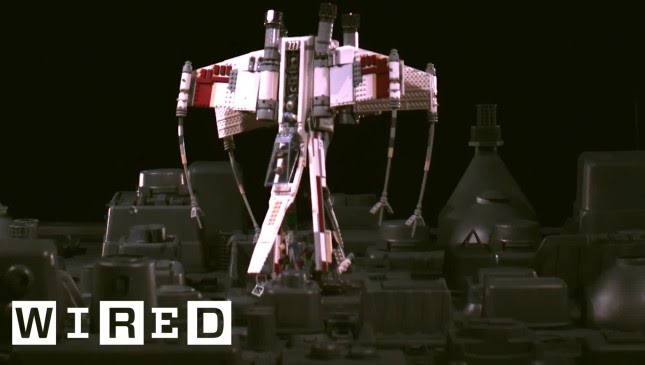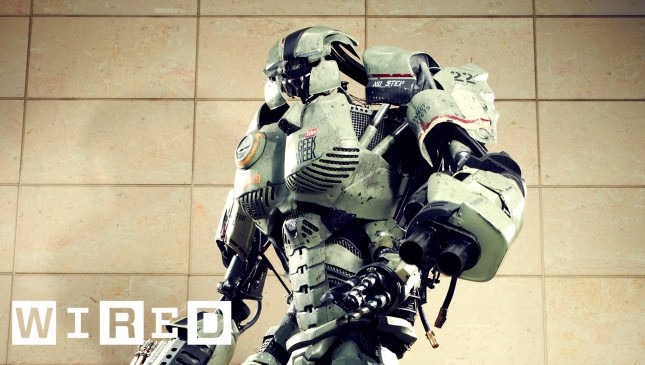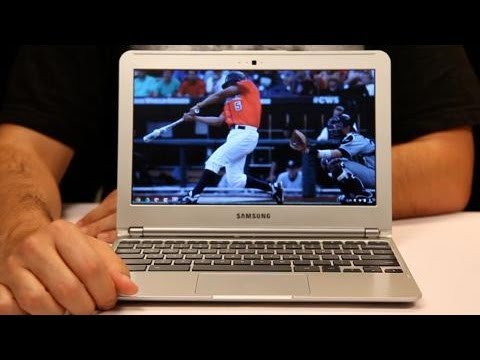Creating a Lifelike Animatronic Character: Behind the Scenes at Comic Co
Summary
In this Q&A article, we will take a behind-the-scenes look at the technical aspects of creating a lifelike animatronic character. The expert will explain the challenges faced in creating an animatronic character that interacts with its environment, including its ability to move its head and eyes, speak with a live voice, and respond to surroundings.
Table of Contents
- Creating a Technologically Advanced Character
- Challenges and Solutions in Creating a Robotic Character
- Balancing Art and Commerce in the Project
- Animatronic Features and Characteristics
- Interaction Systems, Lights, and Noise
- Live Voice Integration
- Conclusion
Creating a Technologically Advanced Character
Q: What motivated you to create a technologically advanced character for Comic Co?
A: As a company that unites people in a world of imagination, creating a lifelike character that interacts with its environment is a perfect fit for our mission. Additionally, we were inspired by our audience’s love for technology, and incorporating advanced features such as light, cameras, and sound was essential.
Q: What was your initial plan for the creation of this character?
A: Our initial plan was to create a character that was interactive and responsive to its environment. We wanted the character to have a wide range of movement, including head and eye movements, and that it could speak with a live voice. Adding lights and noise would create a more lifelike experience for the audience.
Challenges and Solutions in Creating a Robotic Character
Q: What were some of the technical challenges that you faced while creating this character?
A: We had to address problematic features, such as animatronic movements, voice integration, and interaction systems. We had to make Bruce, the animatronic character, move in sync with his environment accurately. Moreover, we learned how to balance art and commerce by keeping the cost-effectiveness, battery life, and weight restrictions for the animatronic character.
Q: Can you explain more about the animatronic features and characteristics of the character?
A: An animatronic feature is a movement or sound reproduced by a robot or a character that replicates a living creature. For Bruce, the animatronic character, we used a lot of technical tricks to make it look more realistic. For instance, we installed proximity infrared sensors at different levels to measure the distance between the character and the ground. The sensors created a beam of infrared light and bounced back when it hit an object to locate the exact position of individuals around the character. We also included motion sensors in the arm of the robot, so whenever Bruce’s elbow moved, it triggered a sound effect. When this was combined with the volume controller knob, it created a linear control system for the animatronic character.
Balancing Art and Commerce in the Project
Q: How did you strike a balance between art and commerce in the project?
A: We had to balance between creative freedom and commercial profitability. For instance, we had to decide how much sound to incorporate and what additional technical equipment was required. We also had to measure how long it would take for the batteries to wear out, how long the speakers would last, and how secure the Arduin power source was.
Animatronic Features and Characteristics
Q: What animatronic characteristics did you include in Bruce, the animatronic character?
A: We focused on incorporating many animatronic features such as movement, sound, and speech. We added various sensors to give the character a sense of spatial awareness and proximity to its environment, which would maintain his accuracy while in motion. We also embedded a microphone in his body that would surprise viewers with his speaking ability. We also continued to include various noise and sound effects that simulated hydraulic movements, servo sound, and an ambient throb that made it feel alive.
Q: What motivated the enhanced eye and head movement ability of Bruce?
A: We felt that equipping Bruce with eye movements and head motions would give him a lifelike appearance. These movements were closely aligned with the sound control system in his body, which created a lifelike, reactive experience relative to the situation and environment.
Interaction Systems, Lights, and Noise
Q: Can you explain more about the interaction systems, lights, and noise features?
A: To increase the level of interaction between the character and the audience, we equipped him with an infrared sensor system that allowed him to track the position of the audience. Additionally, we added a range of light sources to enhance his visibility and added noise effects, hydraulic movements, and servo sounds to improve the lifelike experience.
Live Voice Integration
Q: How was live voice integrated into the animatronic character?
A: We included live voice to provide a sense of autonomy to the character. We recorded voice lines with our team members and adjusted them using the Disney Sound effects studio editing tools to achieve the desired soundtracks. We also had to synchronize and trigger the voice relative to Bruce’s movements and spatial location.
Conclusion
Creating a lifelike animatronic character requires a proper balance between art and commerce. The character must have advanced technological features to interact with the environment but must also be as lightweight and cost-effective as possible. The technical challenges of creating technical equipment such as sound, sensors, motion sensors, and infrared sensors make the process both intriguing and daunting. However, once all components are installed, the interaction systems, sound, lights, and noise combine to create an unforgettable experience for the audience.






